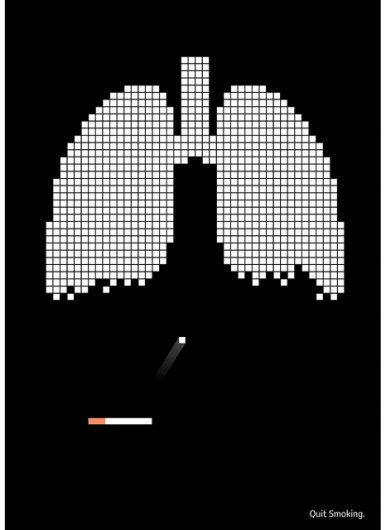 Introduction:
Introduction:
- lead in with the fact that famous art is great, by Picasso or Van Gogh but because of how long ago the art was created, it often does not have the same meaning now that it was originally intended to have
- possibly introduce Dali’s “The Face of War” as contrast
- Banksy on the other hand, is less famous but when his graffiti pieces are examined there is a lot of relevant points that he gets across quite easily
Thesis:
- Banksy approaches the subject of war vs. peace not-too-subtly with his street art stencil “Soldiers Painting Peace”
- This piece highlights the ironies of war through
- location- House of Parliament
- kairos- time of war (Afghanistan and Iraq)
- pathos- humanizing soldiers
Body Paragraphs:
- location- this peace was stenciled onto a wall near the House of Parliament in London, and was later taken down because if violated protest laws
- ironic because in times of war, fighting for rights such as freedom of speech and yet those rights are being taken away
- kairos- applicable because there were 2 wars going on, in Afghanistan and Iraq, so telling people about their civic duty to stand up for their rights during wartime
- pathos- the soldiers are not just mindless bodies working to fight the war, they are people too who can protest the war
- ironic because they are protesting the war, and are for peace however they are holding guns, weapons of violence, to defend themselves
Connection to Civic Duty:
- The soldiers are doing their civic duty to stand up to the government and express what they think, even during wartime. The irony is that during wartime, rights are simultaneously being fought for and being restricted
